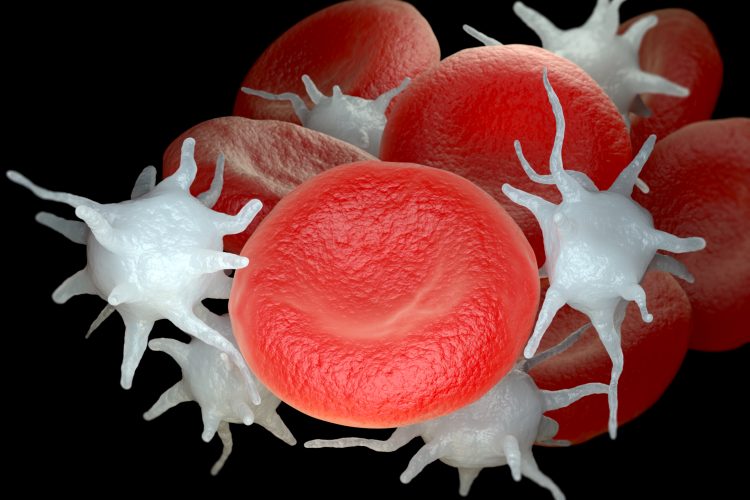Method to make integrin receptor-targeting drugs safer in future presented in study
Posted: 5 February 2020 | Hannah Balfour (Drug Target Review) | No comments yet
Research into the structure of the drug-integrin complex has enabled the creation of drugs which inhibit integrin as effectively as currently used compounds, without causing excessive bleeding.


A team of investigators have used structural analysis of the drug-integrin complex to design compounds able to block integrin receptors with the same efficacy as clinically used drugs, without accidentally activating the receptors and causing excessive bleeding. The researchers hope that their drugs, including a modified version of the small molecule drug tirofiban, could result in safer treatment options for blood clotting conditions and thrombosis in future.
…the new drug inhibited clotting as effectively as a standard dose of eptifibatide in animal models, without causing excessive bleeding like eptifibatide”
Integrin receptors are implicated in a range of diseases, including cardiovascular disease, diabetic kidney disease, multiple sclerosis, non-alcoholic liver disease, inflammatory bowel disease and brain cancer. However, studies have shown drugs developed to inhibit integrin receptors often activate them instead, causing adverse side effects like bleeding.
Examples the team cited were eptifibatide and tirofiban, designed to prevent blood clots by binding to a specific integrin on platelets, but can trigger reactions that lead to excessive bleeding.In a study published in Nature Communications, researchers from Massachusetts General Hospital (MGH), US, created or redesigned drugs which could block integrin receptors without activating them.
Biomarkers aren’t just supporting drug discovery – they’re driving it
FREE market report
From smarter trials to faster insights, this report unpacks the science, strategy and real-world impact behind the next generation of precision therapies.
What you’ll unlock:
- How biomarkers are guiding dose selection and early efficacy decisions in complex trials
- Why multi-omics, liquid biopsy and digital tools are redefining the discovery process
- What makes lab data regulatory-ready and why alignment matters from day one
Explore how biomarkers are shaping early drug development
Access the full report – it’s free!
“In our study, we analysed the structure of this [platelet] integrin when bound to a ligand and then engineered a stable compound that would bind to the integrin but not trigger its activity – in other words, it effectively blocked the receptor without paradoxically activating it,” said study senior author Dr Amin Arnaout, an investigator in and former chief of the Division of Nephrology at MGH, now a professor of Medicine at Harvard Medical School, US.
According to the paper, the new drug inhibited clotting as effectively as a standard dose of eptifibatide in animal models, without causing excessive bleeding like eptifibatide.
Using their structural knowledge of the drug-integrin complex, the researchers then redesigned tirofiban, a small molecule drug prescribed to inhibit arterial thrombosis that also results in bleeding. The remodelled molecule inhibited arterial thrombosis as well as a standard dose of the original drug, without the unwanted side-effect of bleeding.
“These data provide the first proof-of-concept that our strategy for targeting integrins may provide safer drug alternatives for human therapy,” concluded Dr Arnaout.
Related topics
Analysis, Disease Research, Drug Discovery, Drug Targets, Ligands, Small Molecules, Therapeutics
Related conditions
Arterial thrombosis, blood clots, Brain cancer, cardiovascular disease (CVD), Inflammatory bowel disease (IBD), Multiple Sclerosis (MS)
Related organisations
Massachusetts General Hospital (MGH)
Related people
Dr Amin Arnaout








